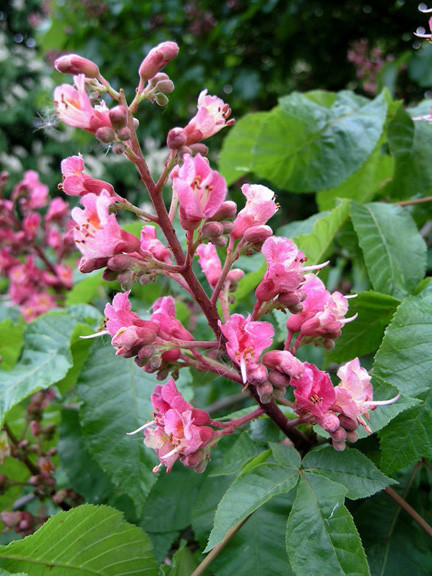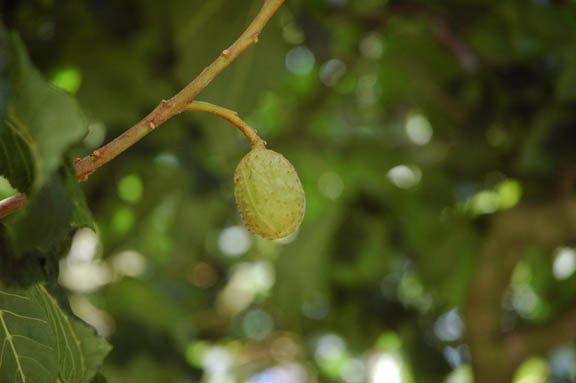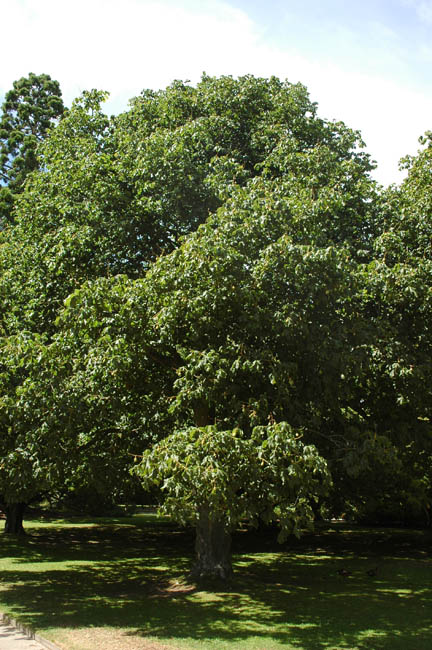| General Description | A cross between A. pavia and A. hippocastanum, with spectacular red flowers in May or June. |
| ID Characteristic | Red flowers but with typical Aesculus leaves. |
| Shape | Large rounded crown. |
| Landscape | A specimen tree for the large landscape. |
| Propagation | Even though it is a hybrid it is purported to come true from seed. Stratify seed at 5°C for four months. |
| Cultivation | Easily cultivated in average garden or landscape conditions. Suitable also for heavy soils but that have positive drainage. |
| Pests | Leaf anthrocnose has been a minor problem. |
| Bark/Stem Description | Dark grey to beige and in coarse plates, quite distinctive. |
| Flower/Leaf Bud Description | Buds are quite pronounced, globose, and scaled and are often in pairs at the end of the twig. |
| Leaf Description | Palmate leaves, dark green and somewhat glaborous on the underside but an almost shiny green on the top. Usually five leaflets per leaf. |
| Flower Description | A large panicle to 20 cm tall and 10 cm wide. Bright rich rose red. |
| Colour Description | Little autumn colour of note, however the tree does not appear to suffer the fungal leaf infections that A. hippocastanum does. |
| Texture Description | Coarse textured tree. |
 copy.jpg)
.jpg)


.jpg)

